- About Us
- Our Work
- Tree Info
- Get Involved
- Blog
- Volunteer
- Support Us
By Canopy Team on March 5, 2018
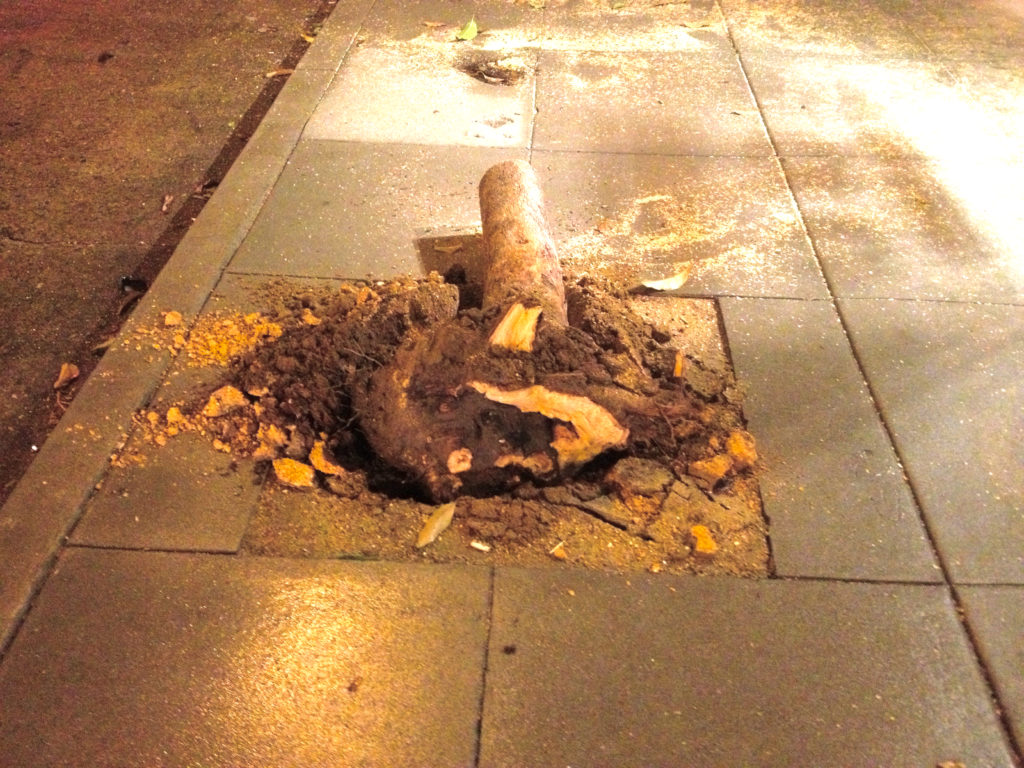
Root defects that caused tree to blow down.
Welcome to Canopy’s Ask the Arborist blog series that features tree care tips and expert advice from local certified arborists.
Ever planted a tree or shrub and watched it fail to thrive over the years? Or had a seemingly healthy tree blow over in a gust of wind? You may suspect pests or disease, but there’s one secret flaw many nursery-grown plants have: root defects.
Nursery plants in California are grown in a series of ever-larger containers. When plants are “shifted” from a smaller to a larger pot, generally no one takes the time to spread out the roots so they all grow outward from the center in the new pot. The result is a variety of root defects that remain and worsen with the tree as it grows older. Following are some examples.
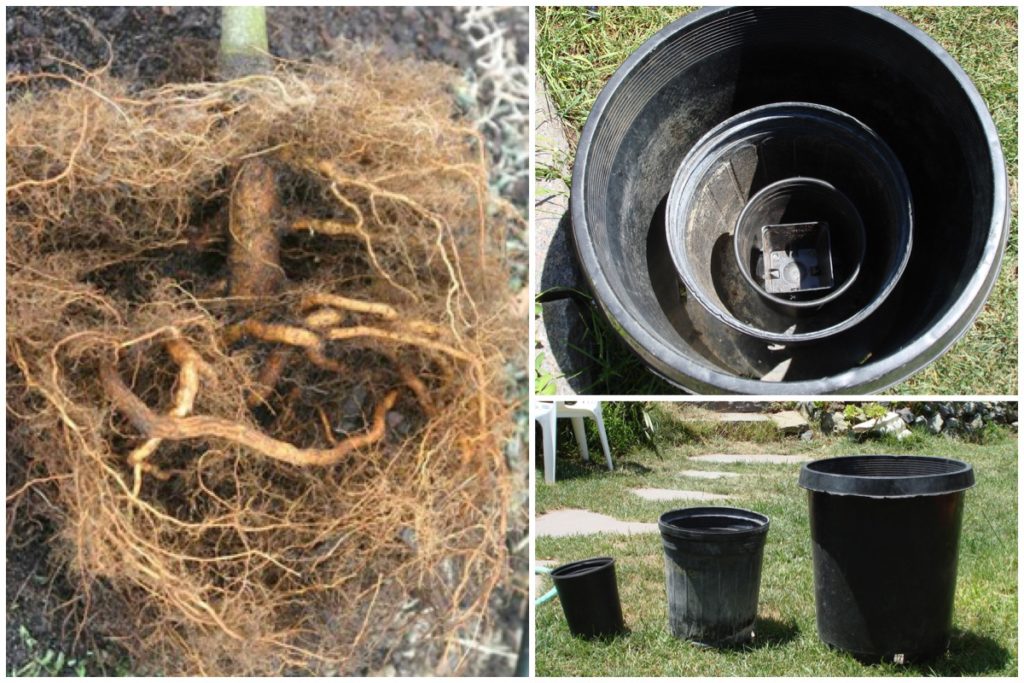
Roots that circled the edge of a smaller pot continue to circle the tree in the shape of the old pot, even though the tree is now in a larger one. As these roots thicken, they should be developing into support roots for the tree, but because they are circling, they won’t support the tree properly. The tree may produce enough fine hairlike roots to take up water and nutrients and grow lots of healthy foliage. It will look fine until it is too heavy for the compromised support roots and falls over.
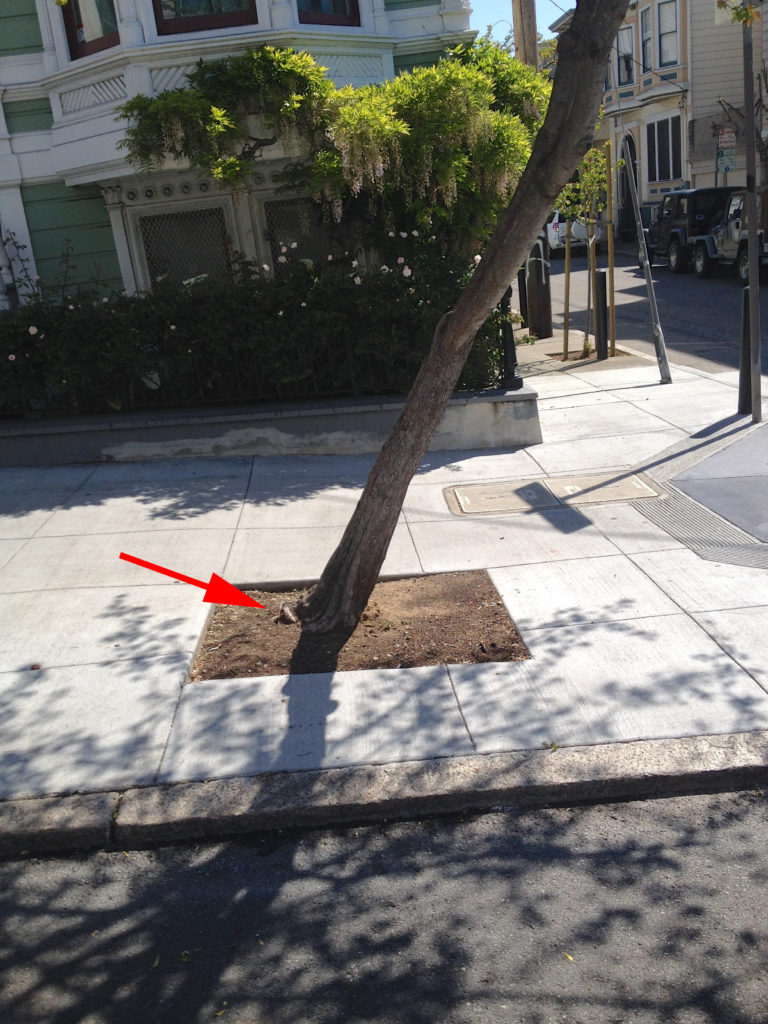
These are circling roots that wrap around the trunk and cut off the flow of water and nutrients beneath the bark. Girdling roots affect plant health as well as stability. Too many girdling roots and the tree will weaken and die.
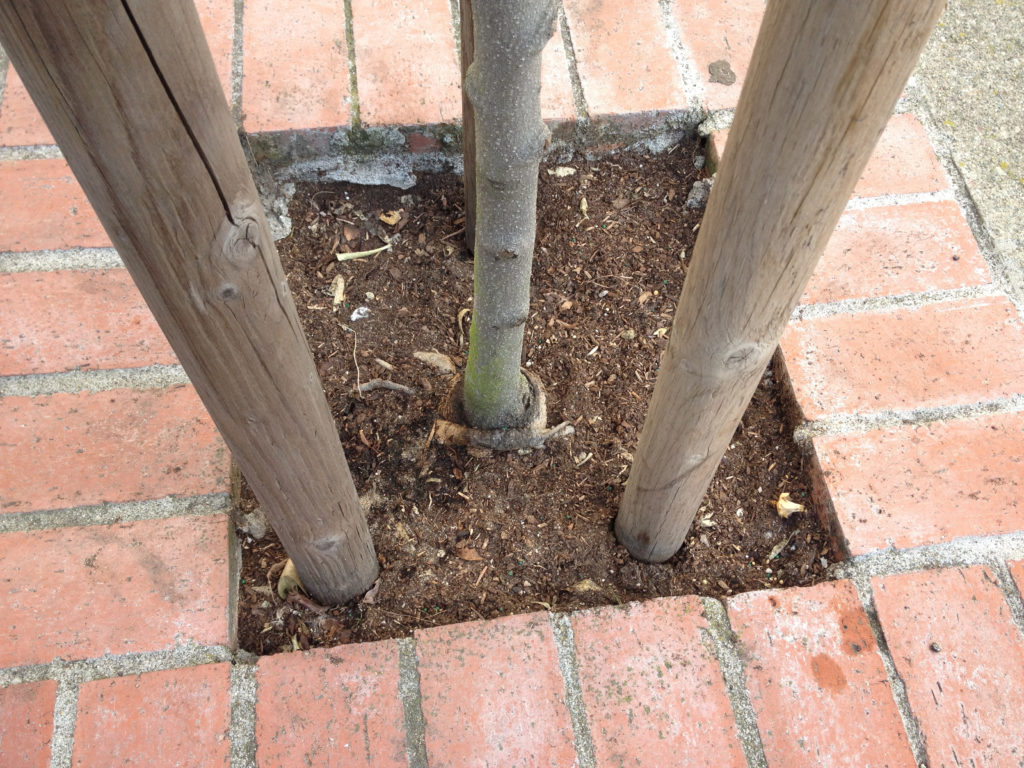
Roots grow outward from the trunk to a certain point, then make a 90-degree turn downward where they once hit the walls of a smaller pot. Sometimes, diving roots cross under the rootball and come up on the other side. Over time, this knotted tangle of roots also fails to support the tree.
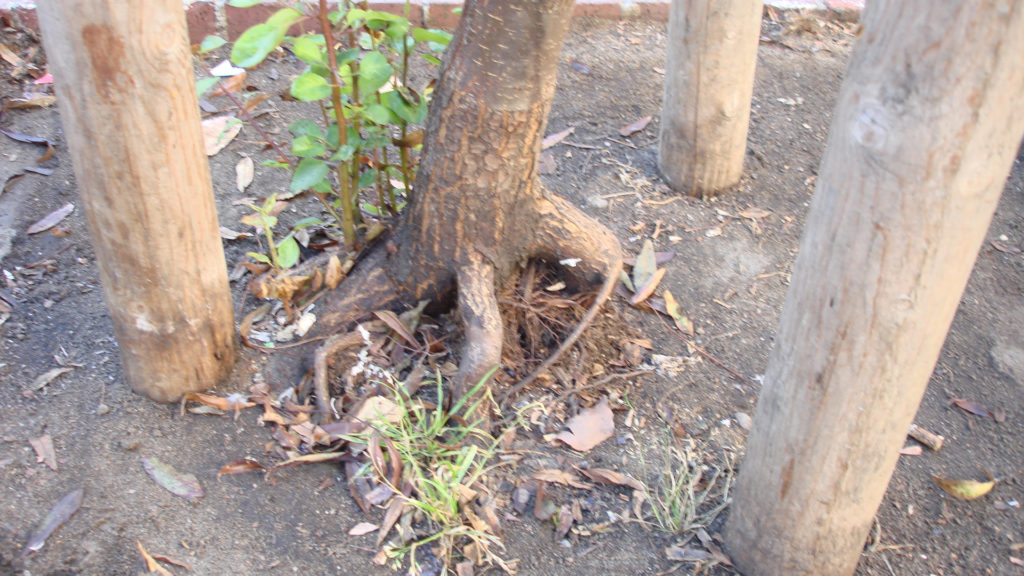
Many of these root defects can be discovered in the nursery. With gloved hands, gently brush soil away from the trunk until you find the flare at the base of the trunk (the root crown). Continue to brush soil away within a few inches’ radius of the trunk to expose the oldest, woodiest root defects. Often, gently shaking the trunk will reveal the location of root defects before you even move the soil away.
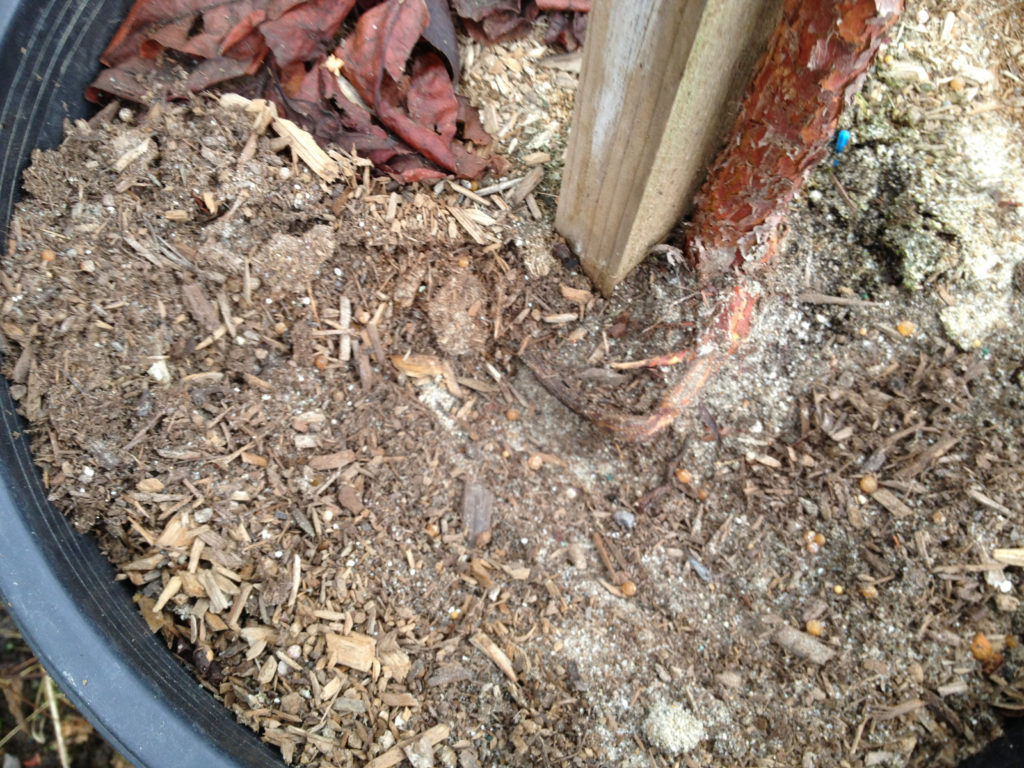
Some root defects can be corrected at planting time. The ideal root system has all roots pointing outward from the trunk. Small, flexible roots can be re-oriented in the right direction, while woodier roots need to be cut. Don’t worry about cutting young tree roots – with proper watering, young trees are very resilient. Cut diving roots back to the point where they grow outward. Circling roots and girdling roots must be removed completely. New roots will grow from the cut point in the direction the cut root is pointing. Water right away after corrective root surgery and provide more water than usual for the first 6 months after planting.
If a rootball is so knotted up that you have no idea where to start corrective pruning, it’s best not to buy that plant. Smaller specimens (5 gallon size and under) generally have more correctable roots. For 15 gallon size and above, have a trained arborist assist you by visiting the nursery to inspect your tree or shrub prior to purchase, and make corrective root cuts at planting. This will save you the heartache of losing the plant later!
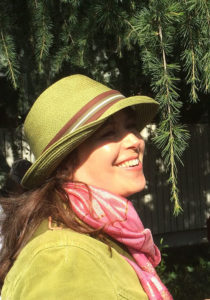
Ellyn Shea is a consulting arborist and horticulturist in San Francisco. Visit her at Garden Guidance.